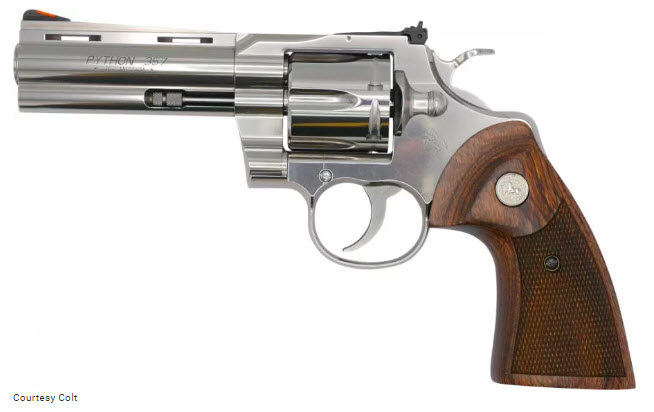DIY Suppressors
BY Herschel SmithOn the drop-down menu, select FMI (for Form 1 manufactured), and you’re on your way. You’ll also have to describe the length and caliber of the can you’re going to make. Tip: Some people get wrapped around the axle when it comes to fingerprints. There’s absolutely no reason to make an appointment and pay a third party to fingerprint you, when you’re perfectly capable of smearing ink on your own digits. Order a fingerprint kit from Amazon, and do it yourself in the comfort of your own home.
Once your Form 1 has been approved, which usually takes around three weeks, you can then buy a tube, spacers, baffles, and endcaps from the many online vendors that exist on the fringes of the interwebs. Due to the nature of NFA law, these will be described in rather coy terms, and you may wind up purchasing “barrel shrouds,” “solvent traps,” “oil filter kits,” or “storage cups,” all of which are largely useless for their advertised purpose, but give the vendors a fig leaf of deniability. Yes, it’s all a bunch of bullsh*t, but it’s the system we’re stuck with.
Once your components arrive, you can then set to work engraving the tube to meet the legal requirements of the National Firearms Act (see RECOIL Issue 44). You could go get this done on a laser engraver and make it look all professional-like, or you could just bust out the Dremel. We did the latter, as it’s going to be wrapped in a suppressor cover anyway. With your tube engraved, you can then drill holes in the baffles and endcap, screw everything together, and head to the range with your shiny new can. Enjoy!
I had never really paid this much attention and didn’t know that the constituent parts were available like that. I’m sure that without a lot of effort I couldn’t build a suppressor with the acoustical engineering effectiveness that the large corporations and research organizations put into it.
Then again, rarely does anyone use a suppressor without ear pro anyway, so a little bit more protection is good, albeit not perfect.
If any reader has experience with this, please drop comments below and give us some pointers.




